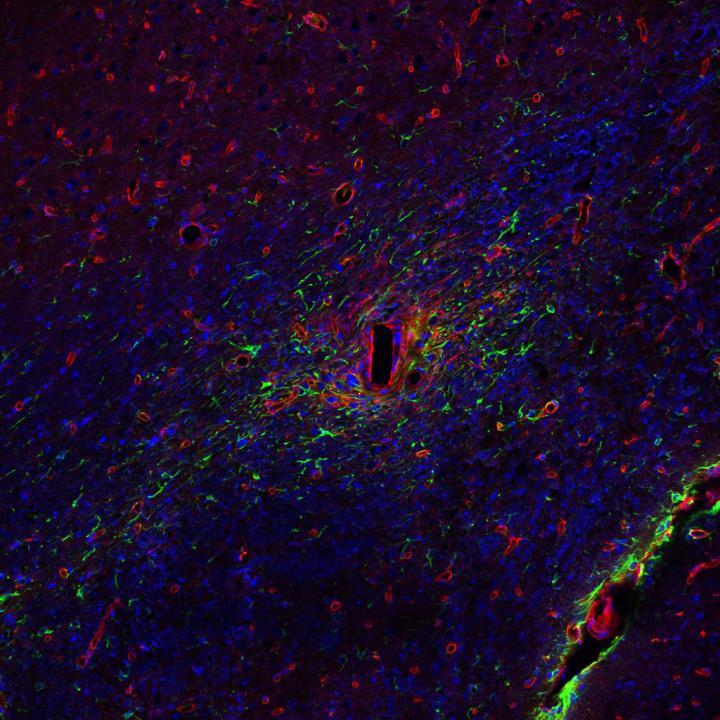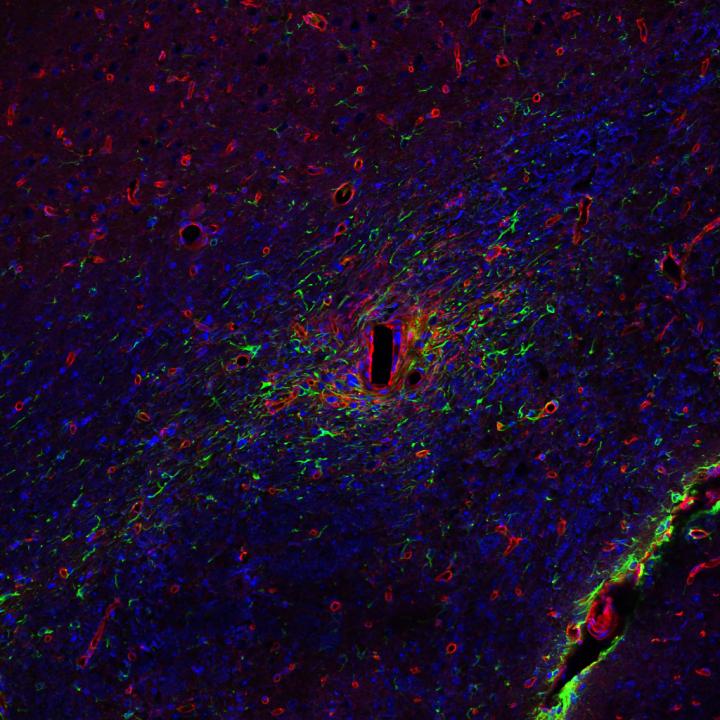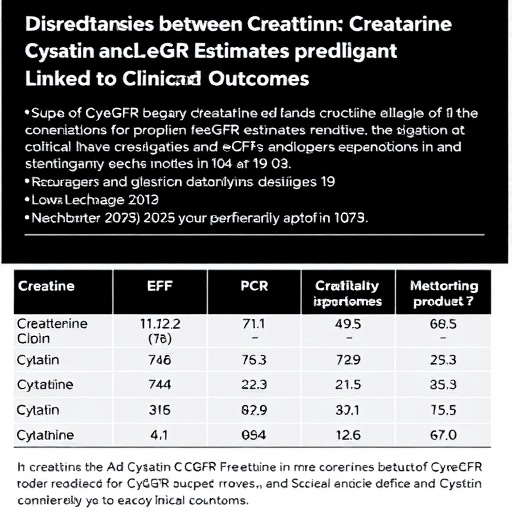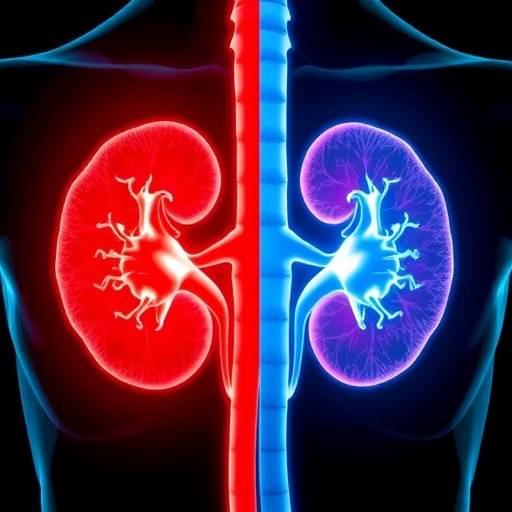
Credit: TDY Kozai/BionicLab.ORG
PITTSBURGH (January 8, 2018) … Implanted devices send targeted electrical stimulation to the nervous system to interfere with abnormal brain activity, and it is commonly assumed that neurons are the only important brain cells that need to be stimulated by these devices. However, research published in Nature Biomedical Engineering reveals that it may also be important to target the supportive glial cells surrounding the neurons.
The collaboration was led by Erin Purcell, assistant professor of biomedical engineering at Michigan State University; Joseph W. Salatino, Purcell's graduate student researcher; Kip A. Ludwig, associate director of technology at Mayo Clinic; and Takashi Kozai, assistant professor of bioengineering at the University of Pittsburgh's Swanson School of Engineering.
"Glial cells are the most abundant in the central nervous system and critical to the function of the neuronal network," Kozai says. "The most obvious function of glial cells has been related to their role in forming scar tissue to prevent the spread of injury and neuronal degeneration, but so much about their role in the brain is unknown."
The study, "Glial responses to implanted electrodes in the brain" (doi:10.1038/s41551-017-0154-1) suggests that these glial cells are more functional than previously thought. "From providing growth factor support and ensuring proper oxygen and nutrient delivery to the brain to trimming of obsolete synapses and recycling waste products, recent findings show that glial cells do much more to ensure brain activity is optimized," Kozai says.
The slow, dim signals of glial cells are much more difficult to detect than the vibrant electrical activity of neurons. New advancements in technology allows researchers like Kozai to detect the subtleties of glial cell activity, and these observations are shedding new light on current issues plaguing implant devices and the treatment of neurological disease.
Kozai explains, "Dysfunction in glial cells has been implicated as a cause and/or major contributor to an increasing number of neurological and developmental diseases. Therefore, it stands to reason that targeting these glial cells (in lieu of or in combination with neurons) may dramatically improve current treatments."
Kozai leads the Bionic Lab at Pitt, where researchers are investigating the biological tissue response to implantable technologies. Although there have been many advancements in neural implant technology in recent years, their underlying effects and reasons for their failure still puzzle scientists. By using advanced microscopy techniques, researchers can create more detailed neurological maps and imaging.
"By combining in vivo multiphoton microscopy and in vivo electrophysiology, our lab is better able to visualize how cells move and change over time in the living brain and explain how changes in these glial cells alter the visually evoked neural network activity," says Kozai. "Using this approach to better understand these cells can help guide implant design and success."
Kozai's lab is currently working with Franca Cambi, professor of neurology at Pitt, on a project to understand the role of another type of glial cell on brain injury and neuronal activity. "Oligodendrocyte Progenitor Cells," or OPCs, are progenitor cells–similar to stem cells–that have the capacity to differentiate during tissue repair.
"Although OPCs have been understudied in brain-computer interface, they form direct synapses with neurons and are critical to their repair," explains Kozai. "As progenitor cells, they have the capacity to differentiate into a variety of cells, including neurons. The technology is advancing to the point in which we can have a much better understanding of how the brain works comprehensively, rather than just focusing on neurons because their electrical signals make them appear brighter when imaging the brain."
Kozai believes that it is a pivotal time to investigate these cells and recognizes Dr. Ben Barres, an acclaimed neuroscientist at Stanford University, who made crucial discoveries in glial cell research. Kozai said, "We lost a great scientist and pioneer in this field of neuroscience. Professor Ben Barres really uncovered the importance of these glial cells on brain injuries and diseases. We have to keep pushing to see how we can improve current treatment by fixing these under-appreciated brain cells."
###
Media Contact
Leah Russell
[email protected]
http://www.pitt.edu
Original Source
http://www.engineering.pitt.edu/News/2018/Uncovering-the-Power-of-Glial-Cells/ http://dx.doi.org/10.1038/s41551-017-0154-1





